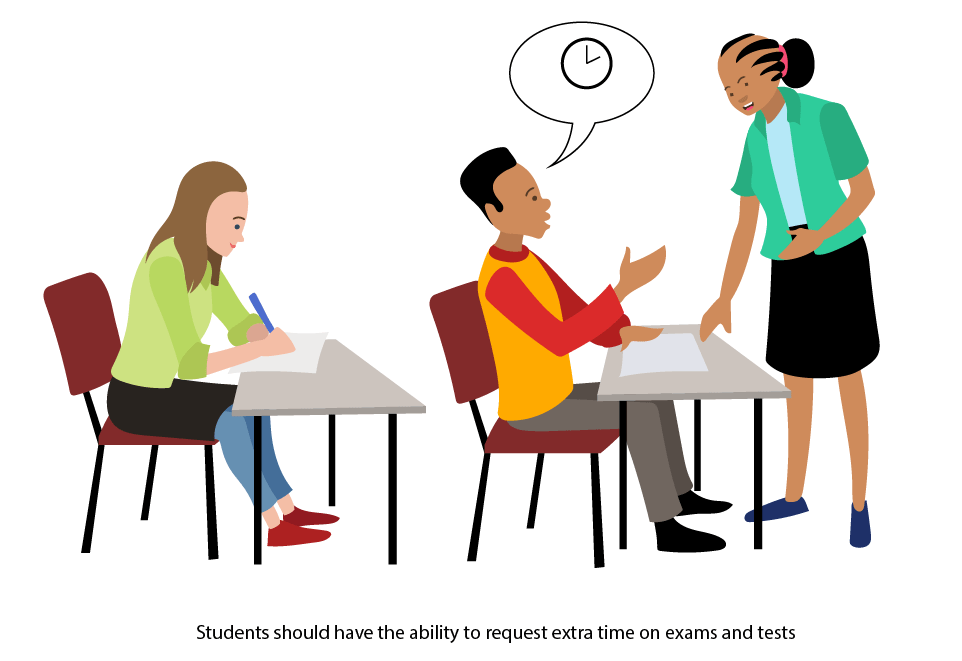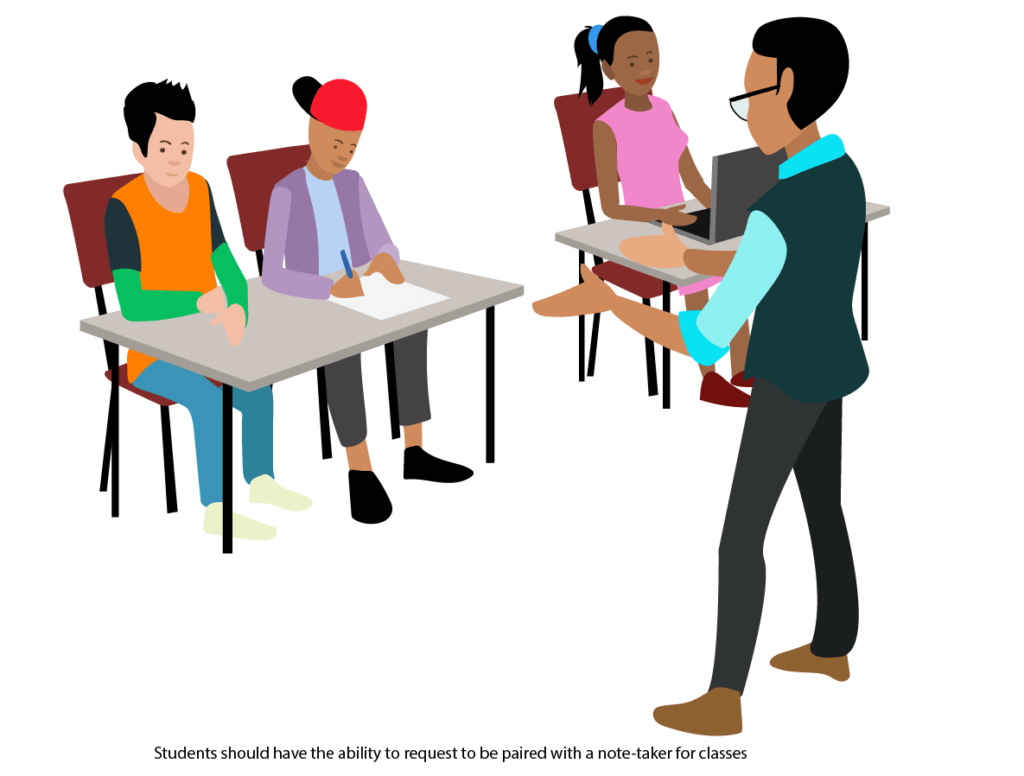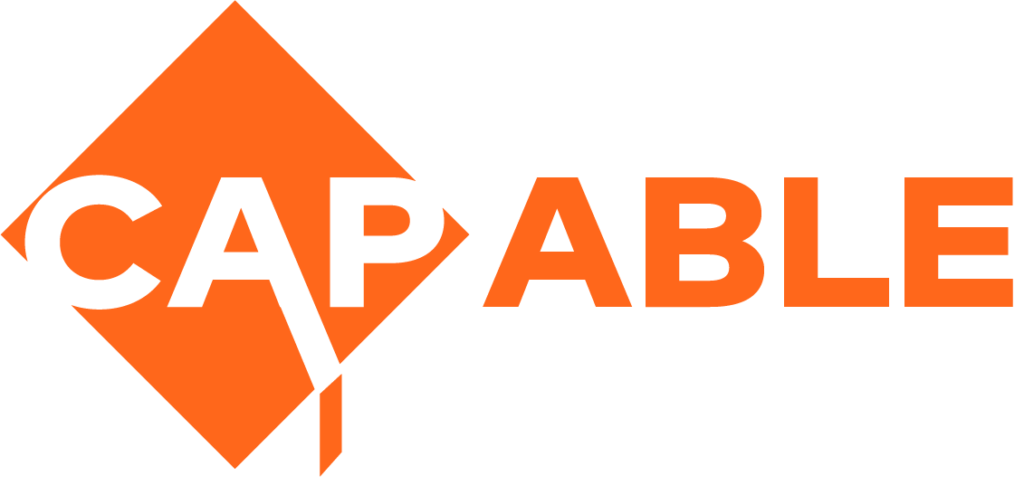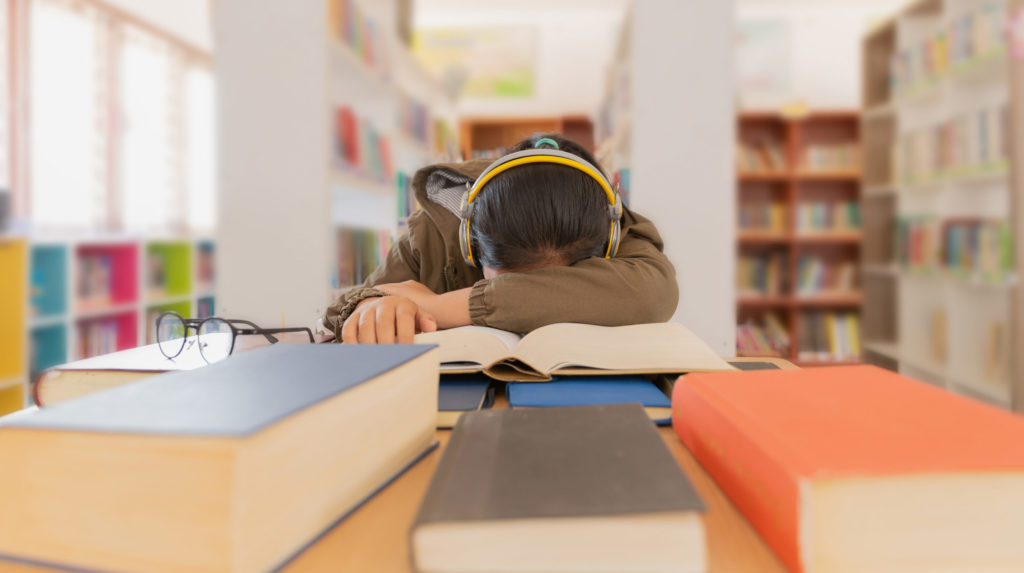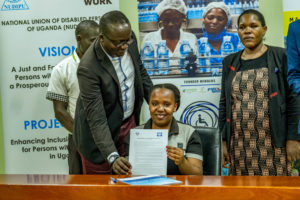What you can find in this section
A specific learning difficulty affects the ability of a person to learn or perform certain tasks such as reading, writing, spelling, speaking and listening. Learning disabilities vary significantly from individual to individual and can cause a person of average or above average intelligence to have trouble:
- processing information by visual and auditory, means, which may impact reading, spelling, writing, and understanding or using language
- prioritizing, organizing, doing mathematics, and following instructions
- storing or retrieving information from short- or long-term memory
- using spoken language
- clumsiness or difficulty with handwriting.
Examples of learning disabilities
Dyslexia – difficulty reading
Dysgraphia – difficulty writing
Dyscalculia – wide range of difficulties with math, including weaknesses in understanding the meaning of numbers, and difficulty applying mathematical principles to solve problems.
Non-verbal Learning Disorder (difficulty understanding non-verbal cues)
How can you support?
Because of these challenges there often appears to be a gap between the individual’s potential and actual achievement. Some people with learning disabilities are affected in many of the areas listed above, and some are affected by just one.
" The best way to support people with learning disabilities is to get to know their individual learning needs and work with them to develop a support plan.
An inclusive learning environment for students with learning disabilities is an environment that embraces the idea that students with learning disabilities are equally competent to students without.
In an inclusive classroom, teachers work to use various teaching techniques that support different learning styles, and are willing to get to know the individual challenges of their students, and work to overcome them in a non-judgemental way.
Classrooms, and campus environments should be free from stigma and derogatory language.
How to refer to a person with a learning disability
If you must talk about a persons’ learning disability, try to be as specific as you can or name the specific challenge you are referring to.
For example: Person with dyslexia, “Josh has trouble with reading comprehension and understands the lecture better than the textbook”.
If you are talking generally about learning disabilities, it is ok to say, people with learning disabilities, or students with learning disabilities.

Things to avoid when talking about people with learning disabilities
Learning disabilities are not always visible, and disclosing one’s status as a person living with one is an immensely personal decision.
Never disclose a person’s learning disability status without their explicit consent. Disclosing their learning disability can result in stigma, which in an educational setting especially can be detrimental to the students progress and success.
Avoid using judgmental and derogatory language. Words like stupid, retarted, and slow can be very hurtful and damaging and have serious impacts on self-esteem.
Learning disabilities can sometimes affect people’s social interactions as well, so talking about these students as awkward, or weird can also be quite harmful.
It can be challenging, and frustrating for teachers to work with students with learning disabilities at times, so it is important for teachers to exercise patience and hide their frustrations from students as much as possible.
Constantly seeing a teacher’s frustration can make a student feel like a burden or a failure, and cause them to withdraw.
How to refer to someone with a learning impairment
Avoid using
- Retarded, retard
- brain damaged
- "Special ed"
- Slow
Instead use:
- Person with a learning impairment
- Learning impairment
- Learning disability*
- Person with a learning or cognitive impairment
- Person with _______(name f specific learning disability e.g. dyslexia)
It is important to note that all of these terms do not apply to all people with learning impairments. Learning impairments are very diverse and the more specific you can be the better. *Note that even the term learning impairment is contested by some individuals and in some contexts (in favor of learning disability), alluding to the fact that the disability is caused not by their inability to learn but by unfavorable teaching methods that limit their uptake or create barriers to their learning.
General advice on how to communicate with someone who has a learning disability
No two people with learning disabilities are the same. The following list is designed to give ideas that may work for some students in different circumstances.
Not all students will require all of these tips. Get to know students individually to determine which of these suggestions works best for them:
- Talk to a person with a learning disability as you would talk to anyone else. Learning disabilities do not impact intelligence, so do not “dumb down” your language when you are talking to them.
- Give very clear instructions and feedback. Some students have trouble inferring information, so if something is not explicitly stated, they might not fully understand.
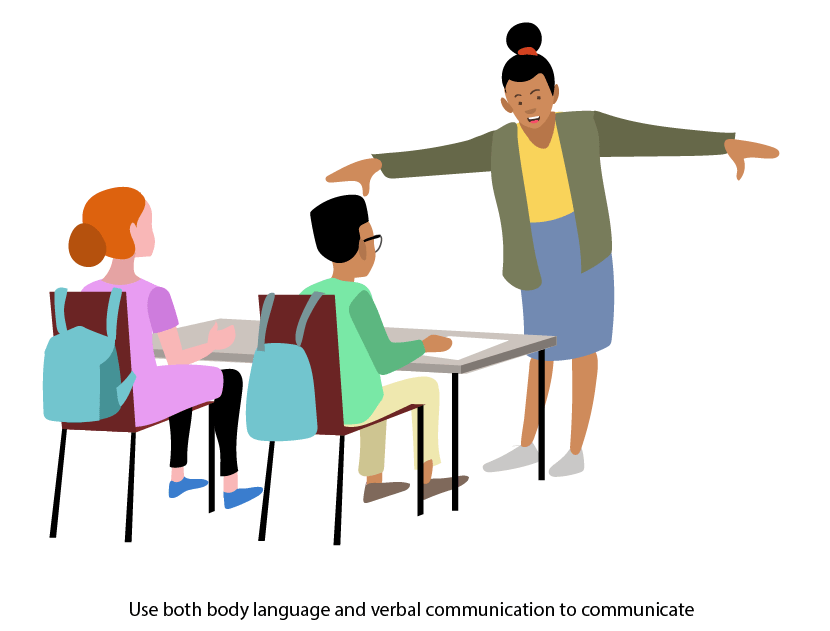
Most importantly, ask someone themselves how they want to be addressed, and how they want to be supported.
- Ask students what kinds of communication are easier for them. Ask them if emails and text messages are easier for them or if they prefer in-person or oral communication. Some students have trouble assessing tone in different forms of communication.
- Use both body language and verbal communication to communicate. Some students have trouble reading social cues, so be explicit with what you mean and how you feel. If you are giving feedback either positive or negative, be clear with what you mean and make sure your expressions and verbal communication match.
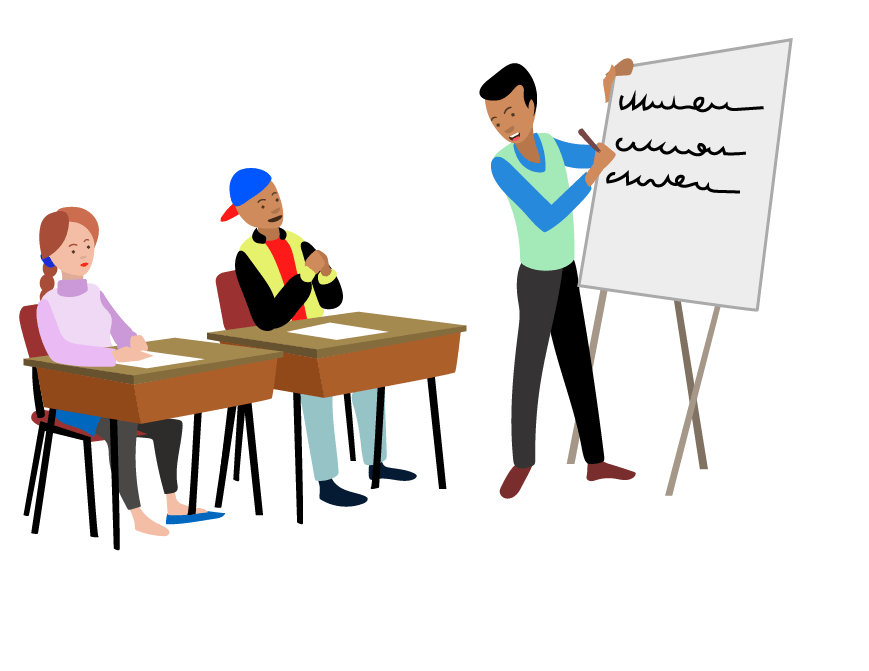
- Be kind and welcoming, so that if a student is confused about something they feel comfortable asking for clarification. The more you believe these students can succeed, the more they will feel comfortable asking for support, and the more they will believe in themselves.
- Check-in with students if they seem confused. Some students might not feel comfortable asking for clarifications. You can do this by asking for feedback, and asking questions.
- Be positive. Make sure students know that you believe they can succeed.
- Repeat key messages. E.g. by both writing them down and speaking them
- Provide information both verbally and in writing. Some students learn better through listening and some through reading.
